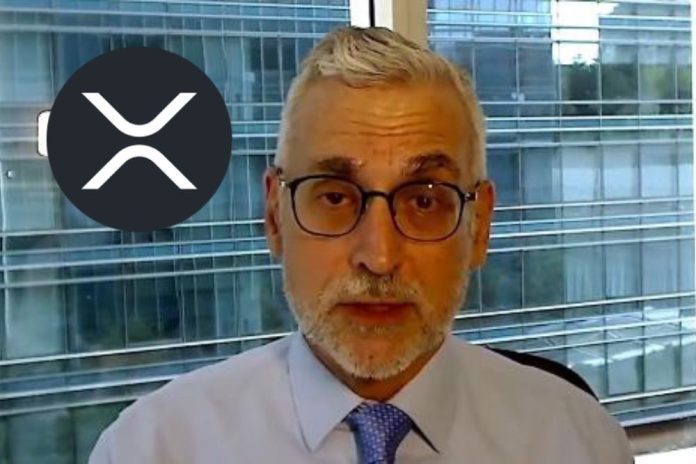The intersection of blockchain technology and traditional finance is rapidly evolving, and Brazil is the latest focal point. Recent announcements suggest that the XRP Ledger (XRPL) could play a pivotal role in transforming the nation’s financial landscape.
A key development is the Brazilian government’s expressed interest in tokenizing treasury bonds and exploring the potential of a Digital Real (DREX). This aligns with the capabilities of the XRPL, which offers a robust platform for creating and managing digital assets.,
Ripple Chief Legal Officer Stuart Alderoty has revealed that Ripple has a business agreement with the Central Bank of Brazil.
In response, a prominent crypto figure, SMQKE (@SMQKEDQG), shared information about an Overnight System designed specifically for the XRPL. He emphasized its potential to revolutionize overnight operations – a critical component of Brazil’s financial market.
The Overnight System
The core of this system involves the tokenization of Brazilian Treasury Bonds on the XRPL. This process involves converting traditional financial instruments into digital representations, allowing for their secure and efficient transfer on the blockchain. The XRPL’s underlying technology provides several advantages for this endeavor:
Speed and Efficiency: The XRPL is renowned for its fast transaction processing times, making it ideal for handling the high volume of transactions associated with overnight operations and bond trading.
Transparency: Blockchain technology provides transparency, enabling all participants to view transaction details and asset ownership, fostering trust and accountability.
Cost-Effectiveness: Compared to traditional financial systems, blockchain-based solutions can often reduce operational costs, benefiting financial institutions and end-users.
We are on twitter, follow us to connect with us :- @TimesTabloid1
— TimesTabloid (@TimesTabloid1) July 15, 2023
Beyond the technical aspects, the tokenization of treasury bonds on the XRPL has broader implications. It could enhance liquidity in the bond market, facilitating easier trading and attracting a wider range of investors.
Furthermore, it could pave the way for the development of innovative financial products and services built on top of the tokenized bonds. Recall that Ripple CTO David Schwartz once revealed that tokenized assets would be a part of the XRPL by 2025.
As Brazil explores the potential of digital currencies and tokenized assets, the XRP Ledger appears well-positioned to support these initiatives. The combination of the platform’s technical capabilities and the government’s forward-thinking approach could lead to significant advancements in the Brazilian financial ecosystem.
Disclaimer: This content is meant to inform and should not be considered financial advice. The views expressed in this article may include the author’s personal opinions and do not represent Times Tabloid’s opinion. Readers are urged to do in-depth research before making any investment decisions. Any action taken by the reader is strictly at their own risk. Times Tabloid is not responsible for any financial losses.
Follow us on Twitter, Facebook, Telegram, and Google News


